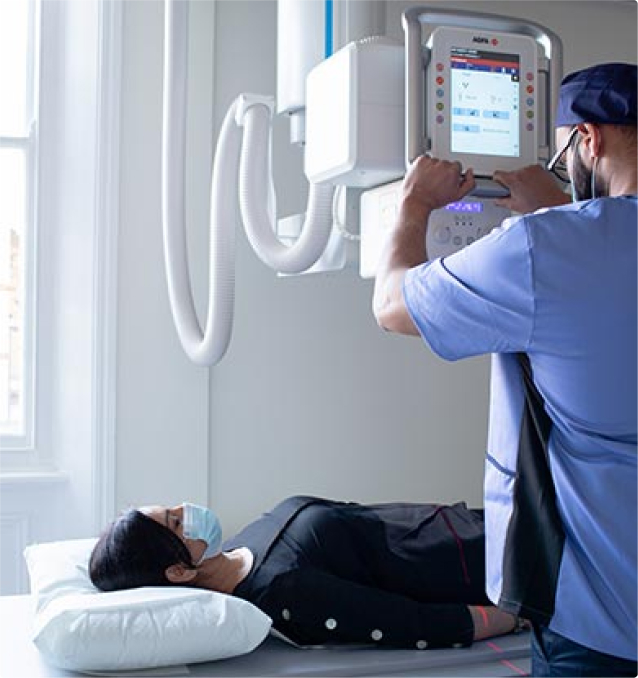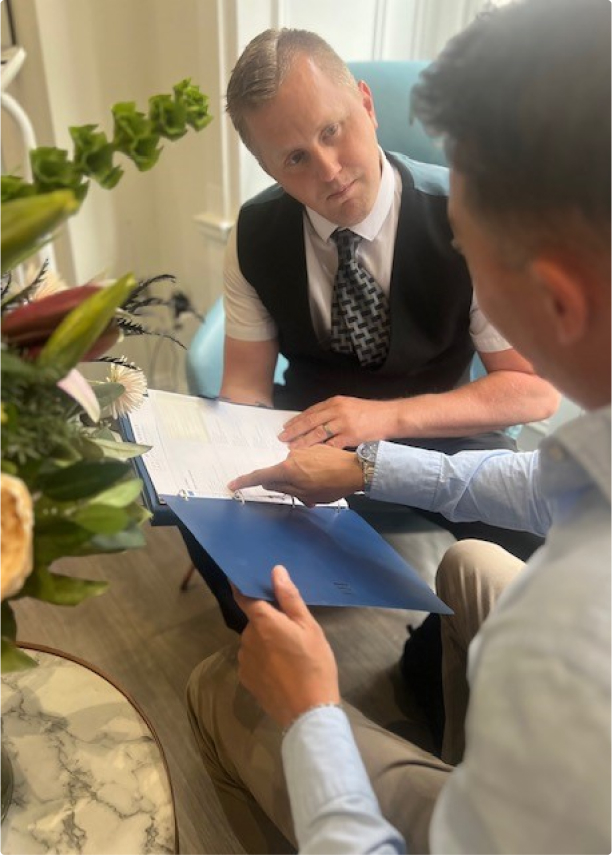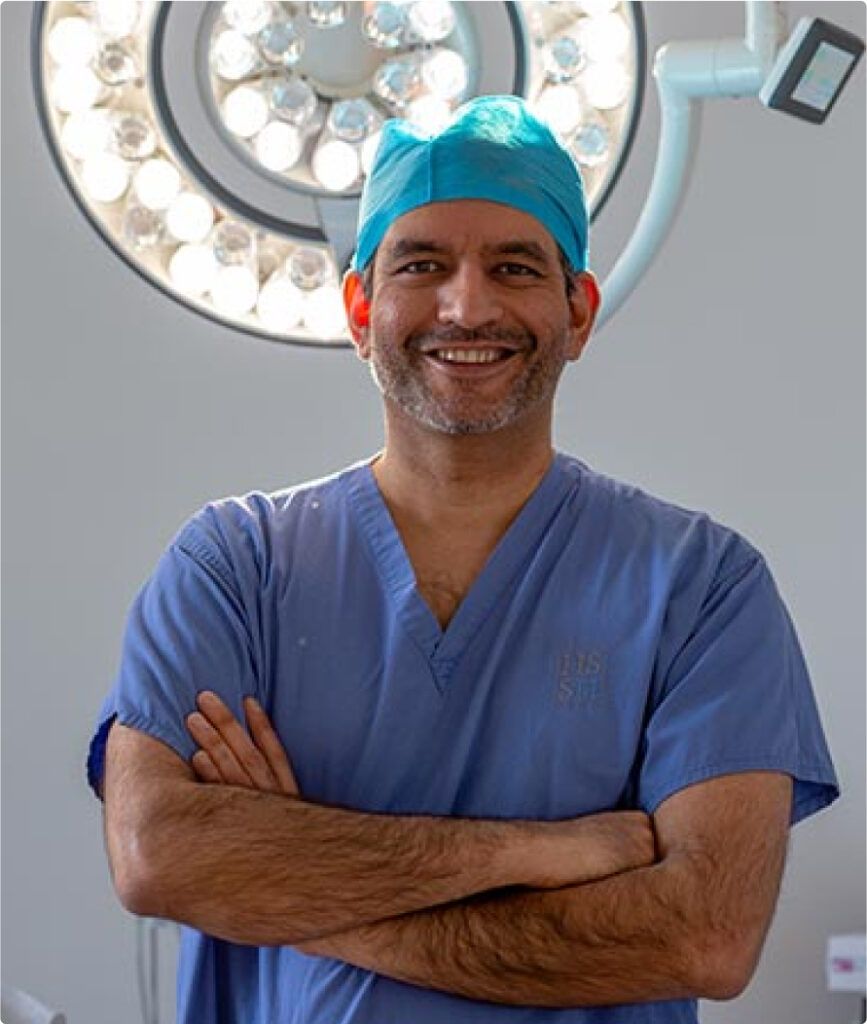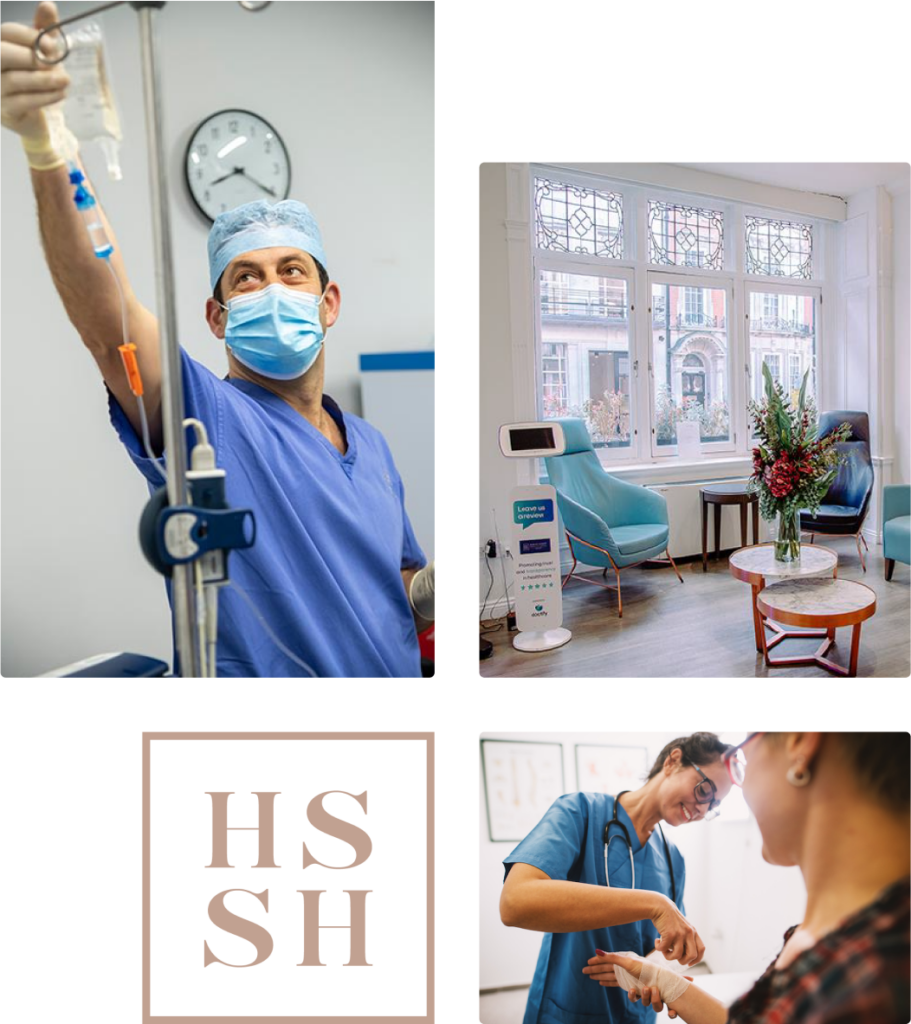Award winning Specialist
Knee Osteotomy London

Knee osteotomy (also known as high tibial osteotomy or femoral osteotomy) is a type of surgical knee pain treatment in which the bone(s) on either side of the knee are reshaped to alleviate pressure on your joint. This type of knee surgery can treat early-stage osteoarthritis, minimising the need for a knee replacement. Find out more about the knee osteotomy procedure at Harley Street Specialist Hospital below.































